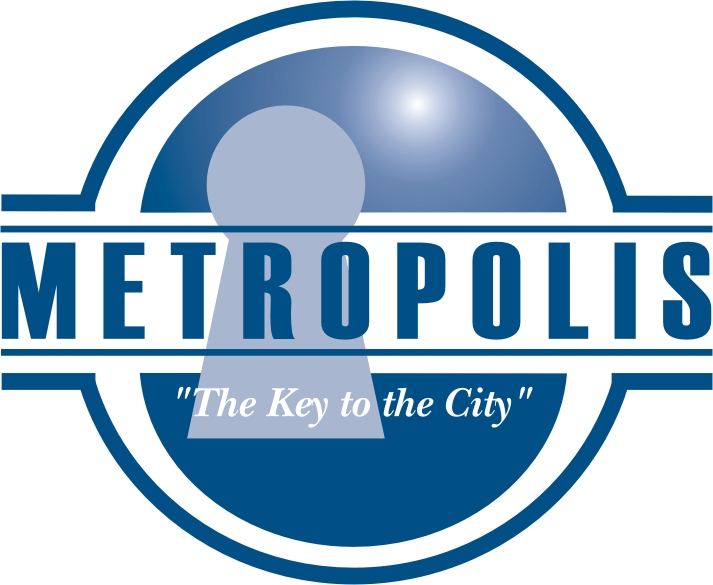Pre-war Apartments:
Aficionados of the pre-war apartment go for the high ceilings, hardwood floors, crown moldings, arched doorways and other old world charms that one usually finds in this type of apartment. Those requesting a pre-war often refer to post-war apartments as “cookie-cutter” and lacking in “charm” and therefore insist on a pre-war apartment. Pre-war buildings tend to be of sturdy construction offering thick firewalls between apartments and therefore can be quieter than the dry walled apartments found in more modern buildings. Watch out for the creaky floors, though. You can sometimes hear every step of the neighbor above in a pre-war apartment.
Post-war Apartments:
For those who like new and modern, the pre-war just doesn’t cut it. Many post-war buildings, especially those recent construction, offer amenities and finishings often sought after by many young tenants. What post-war buildings lack in “charm” can be made up for in perks: a health club, swimming pool, meeting/party room, modern appliances, etc.
The next way to break down New York City apartments is by service level, as in whether it is a doorman or a non-doorman building.
Doorman Buildings:
Usually, if there is building employee stationed at the door or in the lobby(doorman, concierge, etc), the building is referred to as a Doorman Building. Technically, there should be a uniformed attendant to open the door for residents and guests for the building to be designated a “doorman building” but these days the term is used loosely. If there is no one assisting you with the door but there is a building employee in the lobby at a desk (concierge) then the building is traditionally referred to as an “attended lobby building”. If there is both a doorman and a concierge, the building is often designated a “full service building”. Doorman buildings can also offer a part time doorman only.
Non-doorman Buildings:
Non-doorman buildings come in two varieties: elevator building and walk-up.
Elevator Buildings:
This is a building offering an elevator but no doorman or concierge service (almost all “doorman buildings” have elevators). Elevator buildings usually have voice intercoms for “buzzing” guests into the building from the street. Video intercoms are replacing the older voice systems in many elevator buildings. Some sort of laundry facility is offered in most elevator buildings (coin laundry in the basement, etc).
Walk-up Buildings:
Most walk-up buildings are five stories or fewer (thankfully) and are of the pre-war category. They usually offer the voice intercom system and do not have laundry facilities for tenants. Although most walk-ups are tenement buildings, however the upscale “townhouse” is also technically a walk-up.
The Townhouse:
Originally a single family dwelling of three to four stories, the townhouse offers amenities more associated with a house than an apartment, i.e. private backyard, large eat-in kitchen, private street entrance, etc. Many grand old townhouses retain their original details and old world charm not found even in many pre-war apartments. Some townhouses are referred to as “Brownstones”.
The Brownstone:
The term “Brownstone” refers to the brown sandstone quarried in the Connecticut River Valley and on the shores of the Hackensack River and popularized in the 19th Century in townhouse construction. Many of the immigrant stonemasons of the time found the soft stone easy to work with and it enabled them to add design elements with relative ease and at low cost. The brownstone gives the “gingerbread house” look of many townhouses in New York. Brownstones will have a street entrance to the ground floor sometimes referred to as an “English basement” half a story below street level but ground level with the garden at the back of the house. The first floor or “parlor floor” can be accessed inside from the ground floor, or from the street via a grand staircase to what serves as the front door of the house. As in all townhouses, brownstones often offer plenty of unique and charming details.
In recent years many single family townhouses have been converted to multi-unit apartment buildings. A good conversion will preserve much of the original details and amenities of the original townhouse.
New York City apartment buildings can also be broken down into the following categories:
1. Rent-stabilized.
2. Non-stabilized.
3. Condominium.
4. Cooperative.
Rent-stabilized:
Rent stabilized apartments are subject to rent stabilization laws instituted to protect the tenant. When the lease is about to expire the tenant has the option to renew. The rental increase on the renewal is limited to the current limitation in effect at that time. A building can contain a mix of rent-stabilized and non-stabilized apartments.
Non-stabilized:
A non-stabilized apartment is not subject to rent regulations. Non-stabilized apartments are also known as “free market” apartments. Rental prices are set according to what the market will bear.
Condominium:
In a condominium each individual apartment unit is owned privately. All owners share common ownership of common areas such as the lobby, hallways, laundry room, etc. Renters will sublet the apartment from the individual owner. Application to the Board of Directors of the condominium for the rental is required but rarely is the application rejected.
Cooperative:
In a cooperative the building is owned by the corporation formed by the co-op association. All apartment “owners” own shares in the corporation and are referred to as “proprietary lessees”. In rare cases and subject to restriction the proprietary lessee is allowed to sublet his apartment. The tenant will be required to submit a lengthy application package to the Board of Directors for their approval of the sublet. The Board can turn down an applicant for no apparent reason and the applicant nor the proprietary lessee has grounds to successfully challenge the Board’s decision. Most Co-op Boards discourage subletting of apartments in their buildings.
